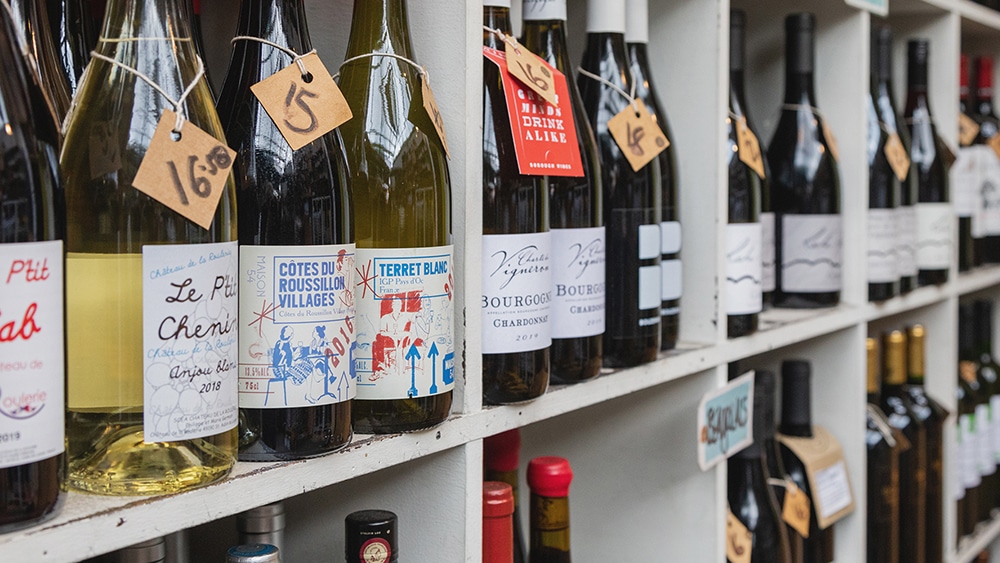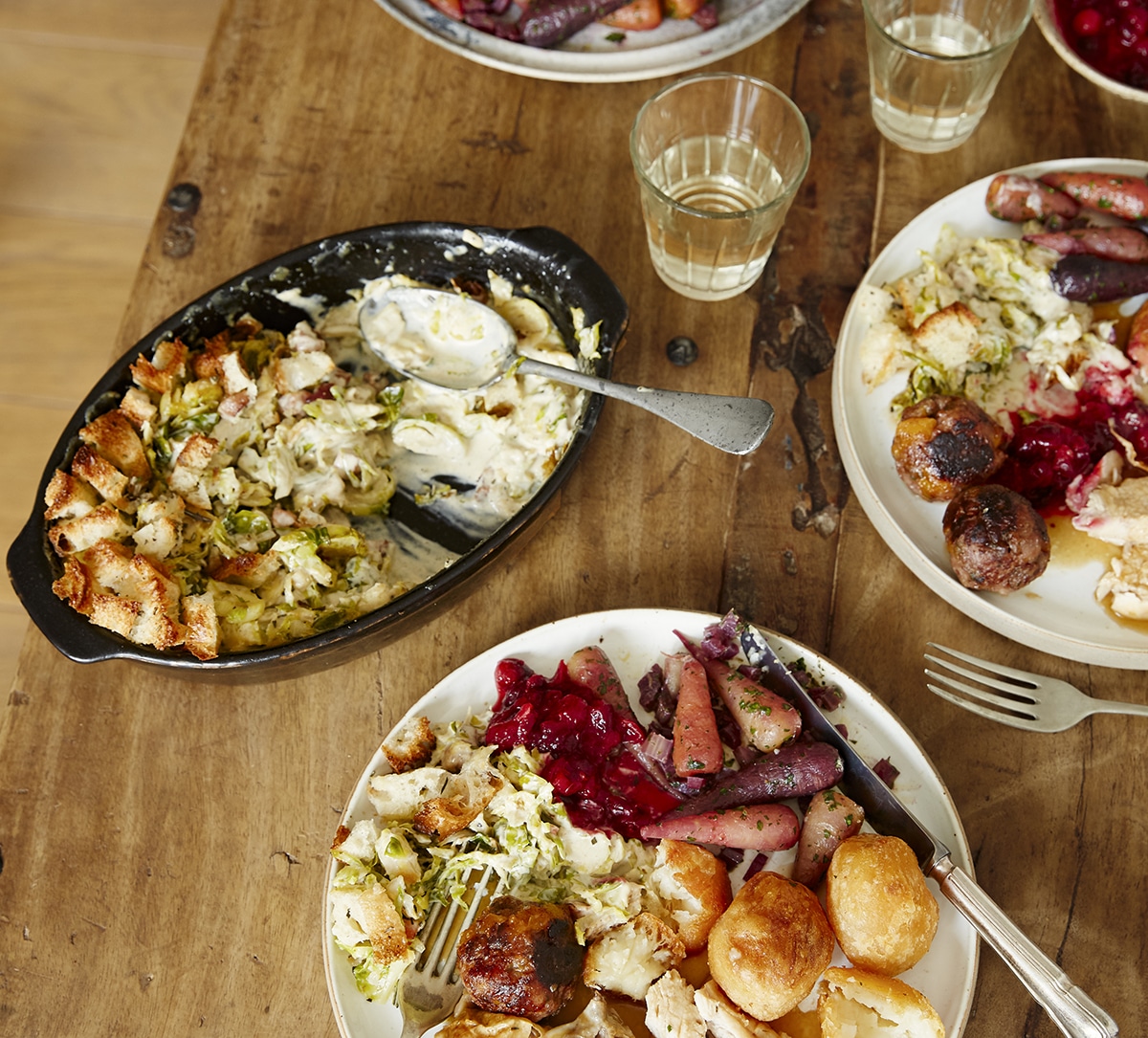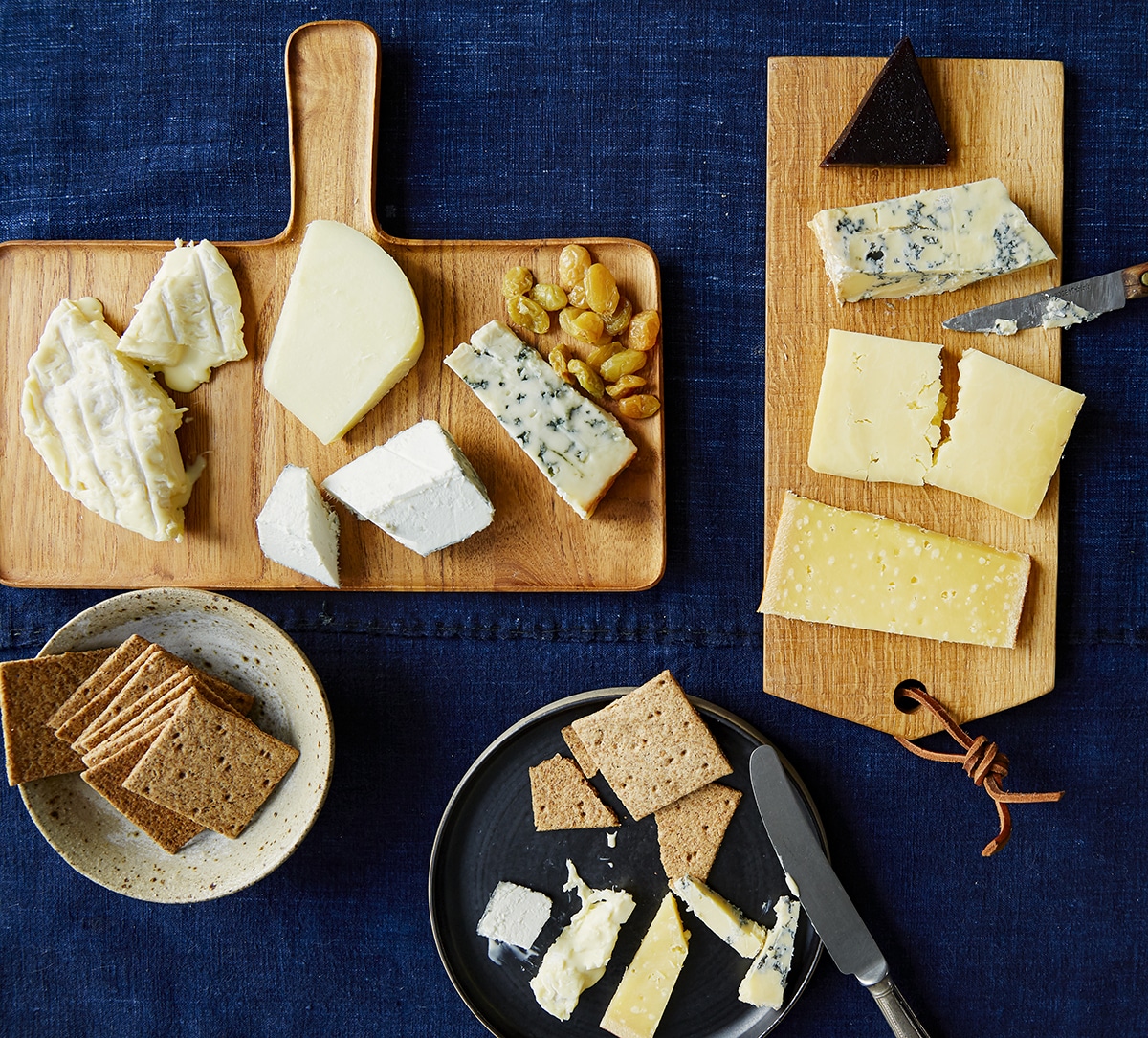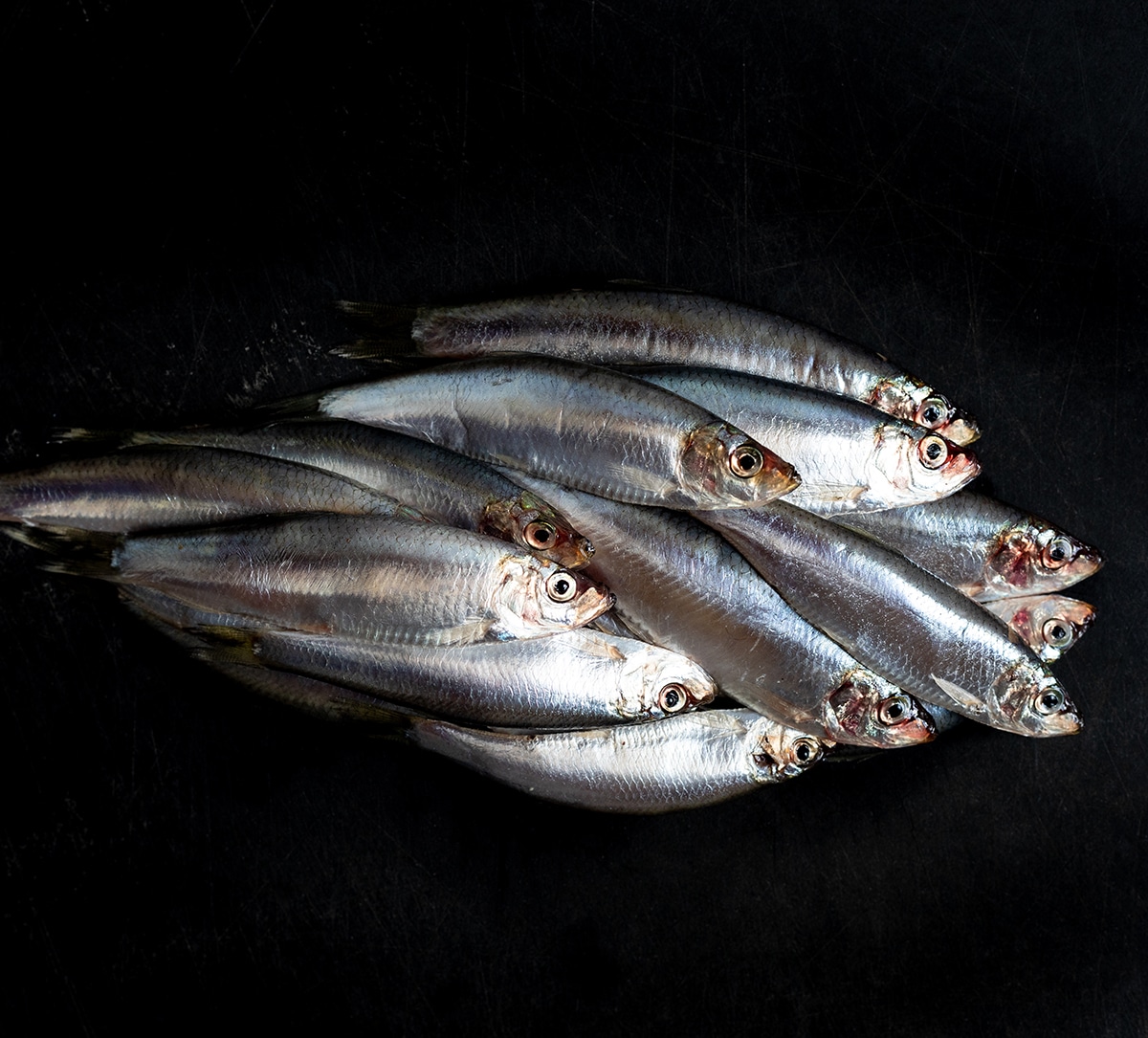Deep and crisp and even
Jane Parkinson plans out her perfect festive wine-drinking day


“IF MOSCATO FOLLOWED BY CHAMPAGNE IS TOO MUCH EFFERVESCENCE, POUR A GLASS OF STILL WHITE INSTEAD”
There are endless reasons to twist a screwcap or pop a cork at this time of year, so the wine options are endless too. Those of us who take pains to drink the right bottle for every occasion can wallow in our obsessions with reckless abandon as we perform the noble task of choosing the wine of the moment. Christmas Day itself is packed full of possibilities, so here’s my guide to the perfect wine styles, from dawn to dusk.
When the adults start opening presents (let’s assume, for the sake of decency, that this is mid to late morning), one delicious, failsafe option is a moscato d’Asti from Piedmont in northern Italy. Its frothy fizz immediately puts a smile on your face (which could be handy if Big Day tensions are already in the air), and its slightly sweet elderflower and pear fruitiness really peps up the palate in a ‘naughty breakfast juice’ kind of way. Perhaps its best attribute is its low alcohol – it rarely exceeds 6.5%, perfect for a wine consumed early in the day. Plus, if there’s any left over, it’s a handy match with trifle.
The next likely wine opportunity would be pre-lunch, perhaps with a plate of smoked salmon. The answer? Champagne, of course. Perhaps try the blanc de blancs style, made with chardonnay only – zesty and light on its feet – or a brut non-vintage style, with its drinkable ratio of fruitiness to toastiness. If moscato followed by champagne is too much effervescence, pour a glass of still white instead. Smoked salmon enjoys many white wines, so this could be the opportunity to try something off-piste but hugely drinkable. The vermentino grape, for example, makes a dry, super-fresh lemon and lime-flavoured wine – a clever and unpredictable option that also makes a great talking point.
And so on to the starters: if you’re having a pâté of some description, crack open a bottle of pinot gris. It’s the same grape as pinot grigio, but when called gris it’s a very different style. Gris is the more serious version, dry or slightly off dry (the latter better with pâté), with a smooth, rounded apple and pear lusciousness. If there is any left over, this grape also makes a great pairing with many cheeses, including brillat-savarin, feta, halloumi or most kinds of goat’s cheese.
For turkey with all the trimmings, red usually works best – even though there is plenty of white meat on the bird, the plate is also adorned with many rich accompaniments. This is where the pinot noir comes in very handy, being a red grape full of sumptuous red fruit flavours as well as a gentle savouriness that respects the earthier flavours of the dish.
We’ll finish, as is only right and proper, with port. Nothing works better with stilton than a glass of vintage port, the sweetness and depth of flavour of which makes it one of the few wines that can match up to the blue cheese’s pungency. For Christmas pudding, mince pies and Christmas cake, a lighter and slightly less expensive tawny port is sheer heaven. Tawnies come in different ages (10, 20, 30 and 40 years old), and the younger the age, the more chilled the drink should be served. Avid port drinkers would declare port to be a course all by itself: the perfect finish to the perfect festive wine drinking day.


